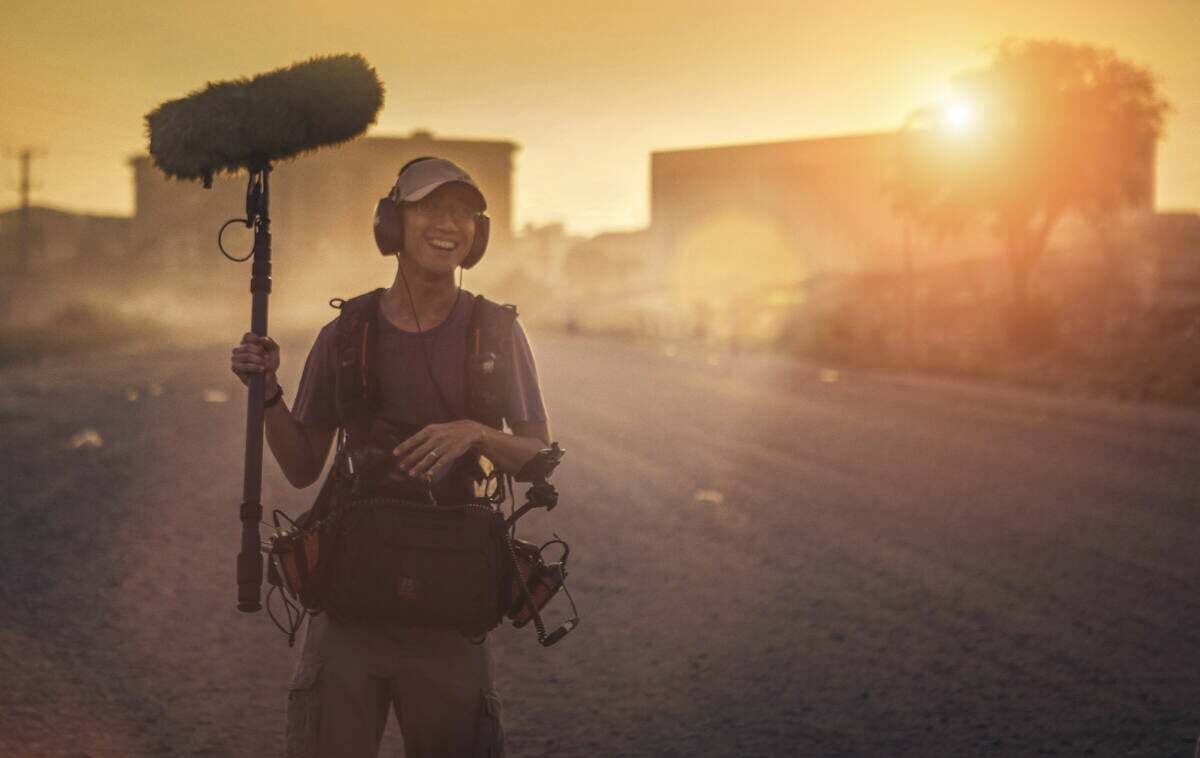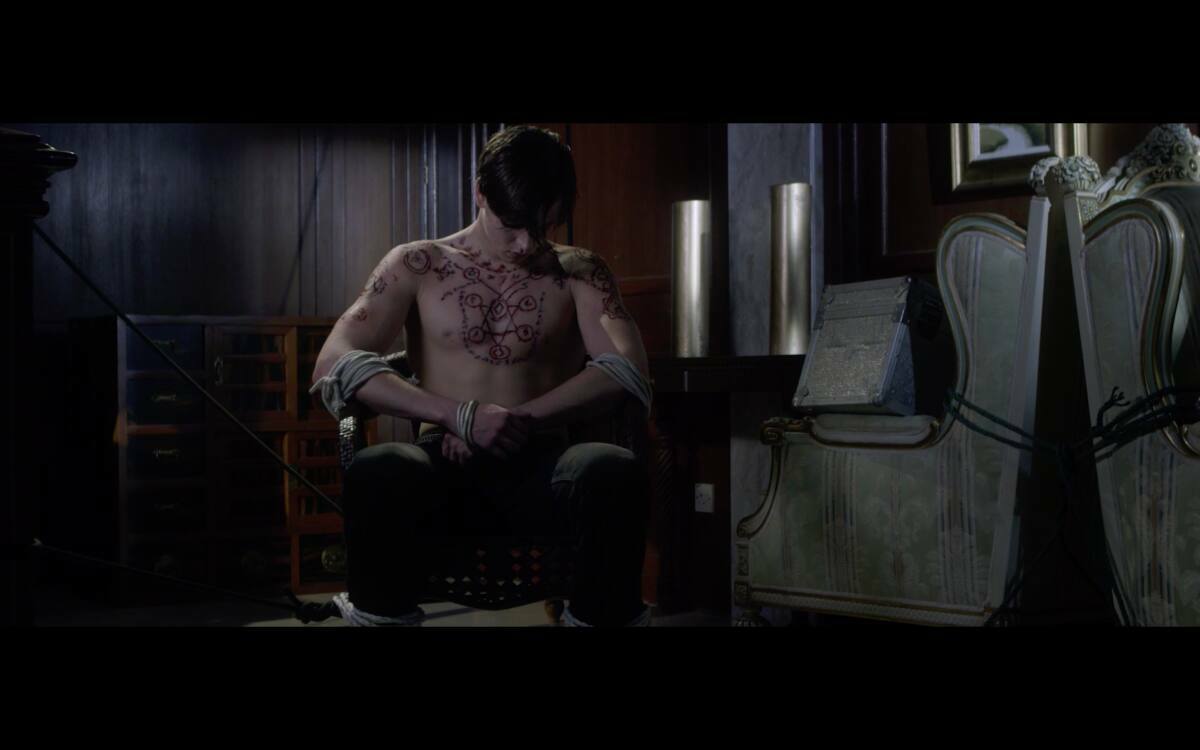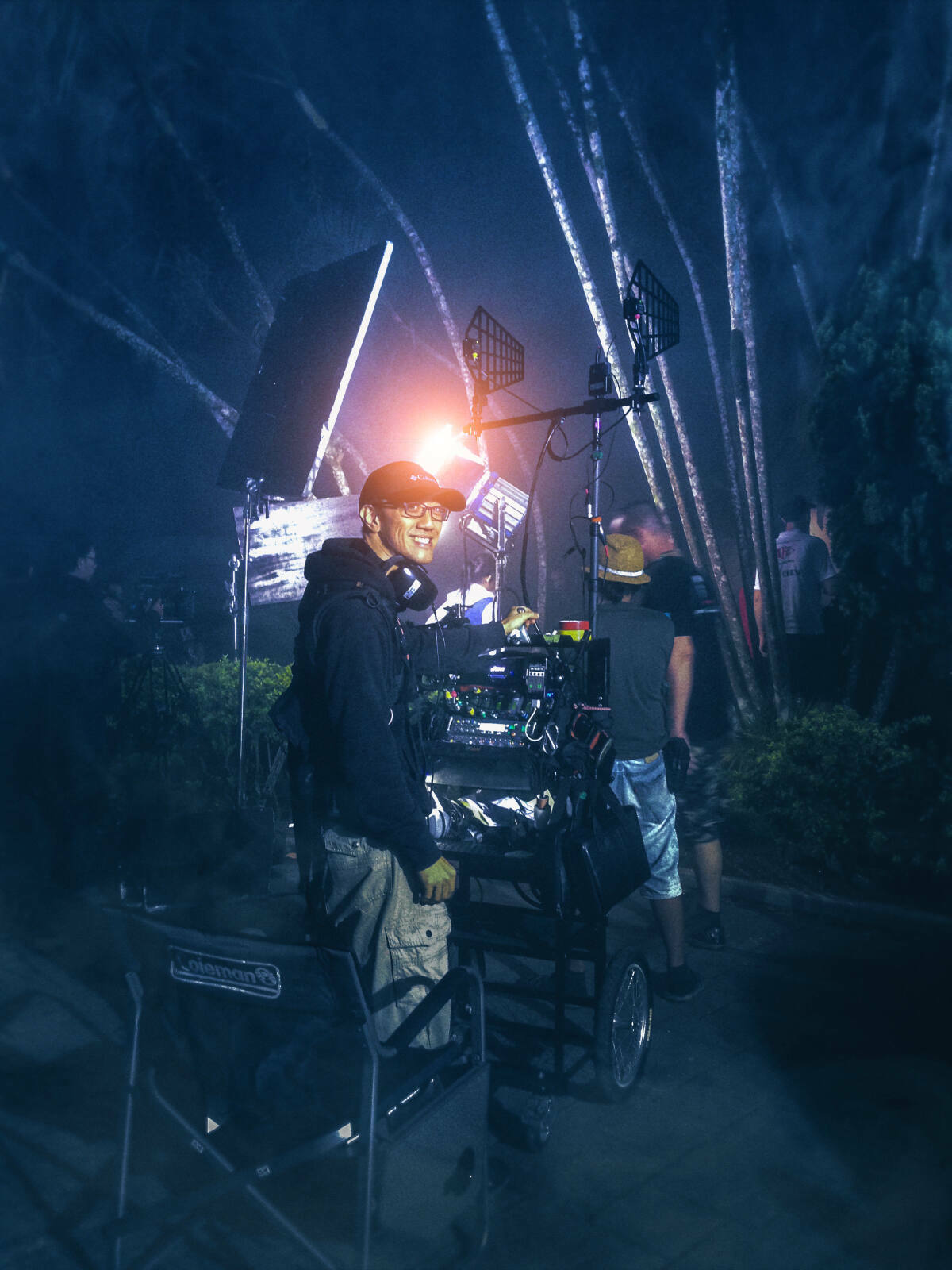Malaysian horror movie Don’t Look at the Demon takes the phrase head-banging to a whole new level. Production sound mixer Lawrence Chick explains how he captured every jump scare…
In Brando Lee’s film Don’t Look at the Demon, a team of paranormal investigators led by an emotionally damaged spiritual medium head for the highlands of Fraser's Hill in Malaysia to probe a series of alleged disturbances at a house with a sinister past.
Reportedly based on real (banned) religious rituals and Lee’s own personal experiences, the film sees a paranormal investigative TV crew visit a seemingly haunted house, only to discover that the dangerous entity that dwells within.
The paranormal activity / possession plot may sound a familiar one, however this movie stands out as a breakthrough for the Malaysian film industry – reportedly being the first movie made in the country to enter the U.S. feature film market.
“I only learned about this by reading it in the newspaper the day after the premiere screening,” remarks production sound mixer Lawrence Chick. “I could not believe my eyes when I read it! It took me by surprise and I read it again,” he laughs. “It was certainly humbling and I am grateful to be a part of this experience. I am still amazed to this day!”






